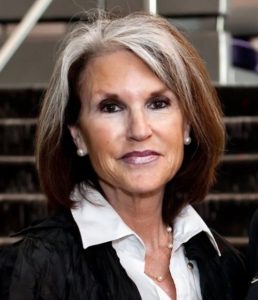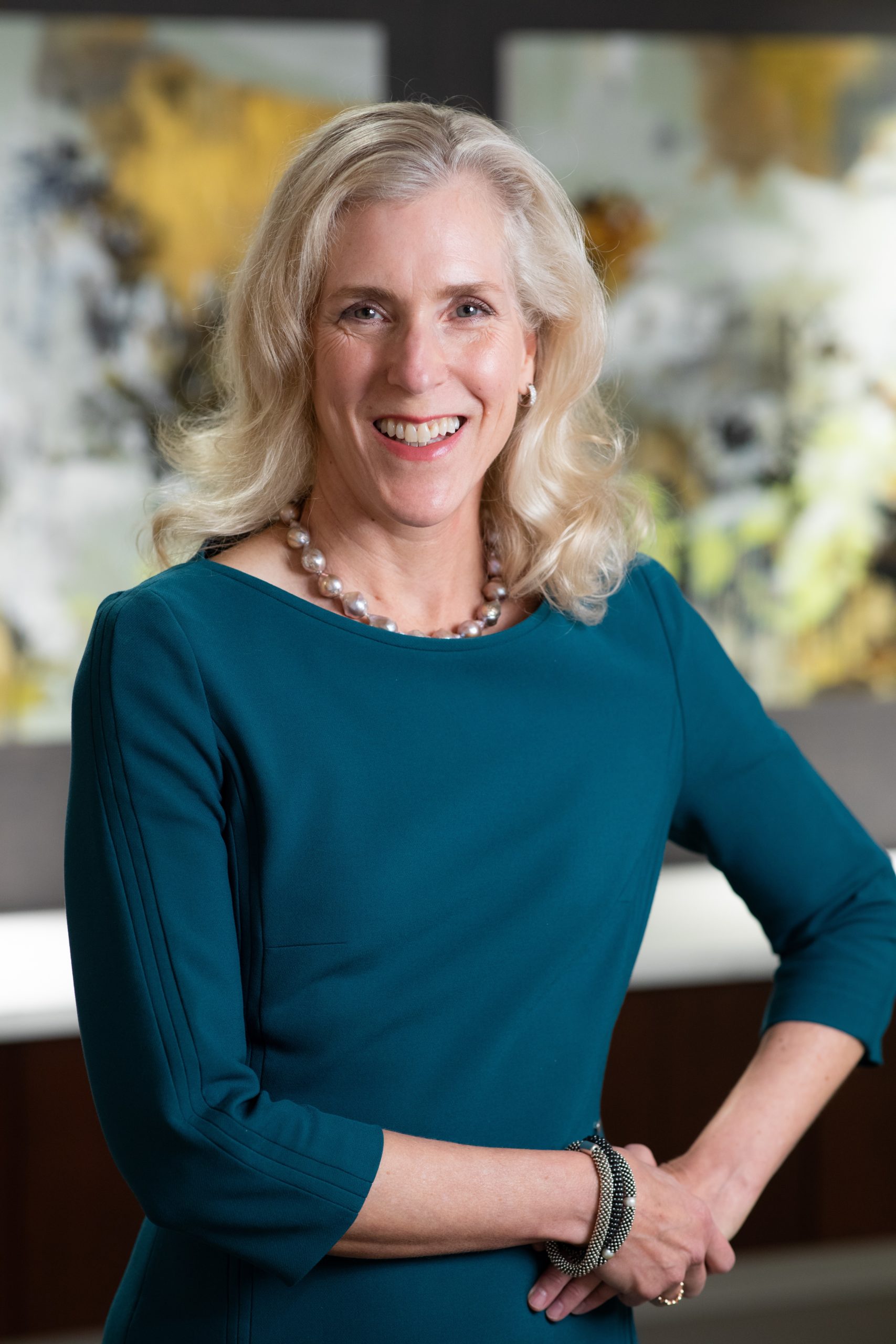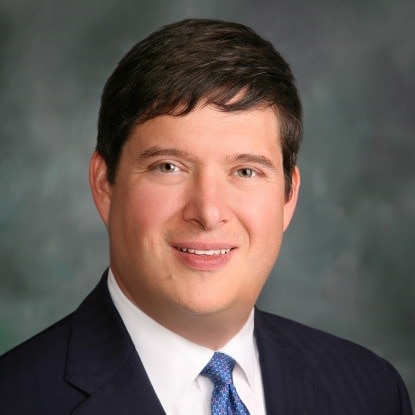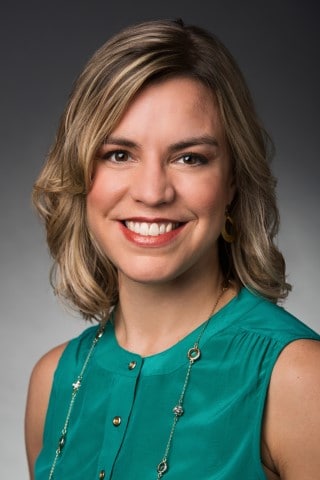
The Alliance for Aging Research will hold the 28th Annual Bipartisan Congressional Awards, Heroes In Health: An Event To Celebrate Meaning, Love, and Healthy Aging virtually on Tuesday, September 21, 2021. The annual event features a variety of awards, including the Perennial Hero Award, presented each year to honor an older individual who is actively contributing to create positive societal change and serves as a role model for people of all ages. Get to know Phyllis Greenberger, the 2021 Perennial Hero Award Honoree:
The Perennial Hero Award is presented each year to honor an older individual who is actively contributing to create positive societal change and serves as a role model for people of all ages. How do you feel about receiving this award?
Needless to say, I am honored and of course amused by the “older” part, but it is what it is.
I am especially appreciative also that it is being given by the Alliance for Aging Research, an organization that I have admired and worked with for years. It is wonderful to be recognized for one’s accomplishments, no matter how long it takes!
For 26 years, you served as the first President and CEO of the Society for Women’s Health Research, where your thought leadership in the study of biological sex differences is now widely known and recognized as a critical factor in women’s health. Can you tell us more about the significance of this accomplishment?
The significance is extraordinary. Before we fought for the inclusion of women and minorities in clinical trials, women were treated like small men. They were undiagnosed, misdiagnosed, and given medications that had only been tested on young, white, healthy men. Perhaps nothing unfortunately illustrates the significance more than the lessons we learn and continue to learn from the COVID-19 pandemic. Now we are seeing clinical trials showing differences and disparities in men, and women, as well as disparities in ethnic backgrounds and age. There is still a lot we don’t know but at least researchers are considering these differences and soliciting diverse populations for clinical trials.
In your current role as Senior Vice President of Science & Health Policy at HealthyWomen, you are an important voice for addressing women’s unique health disparities across the health care continuum. What is the most rewarding part of this role?
When I was invited to work with HealthyWomen, it was essentially a communication and education organization. Both of which are still current and important, but now we focus on sex differences in research and clinical trials and have held programs on sex differences in heart disease, migraines, and pain, among others. What is also interesting, and rewarding, is the researchers and physicians who are knowledgeable about the importance of understanding the differences, which was not the case in the beginning.
You played a critical role in helping to pass the 1993 National Institutes of Health (NIH) Revitalization Act. Can you tell us more about this legislation and why it was so important?
The NIH 1993 Revitalization Act directed the NIH to establish guidelines for inclusion of women and minorities in clinical research. It also provided guidance on reporting analysis of sex and gender and racial and ethnic differences in intervention effects for NIH defined Phase III trials.
However, as stated, this was only in Phase III. We had more work to do to include women in Phases I and II where safety, toxicity, and dosage are determined. That took until 2011 when basic biological differences, the inclusion of female cells in animals, and basic research was included.
In your opinion, what is the biggest challenge facing older women today?
Research and clinical trials take a long time, and there is still much we don’t know about sex and gender differences. It is difficult to get older women to participate in clinical trials, not only because it has always been more difficult to recruit women, but trials are generally not done on older men or women, since such a large portion of the population have comorbidities. Also, I think physicians of the older generation not having had sex differences in their curriculum still don’t, for example, recognize heart disease as the number one killer of women.
What has helped you get through times when you just aren’t feeling positive about getting older?
Of course my family, friends, continuing to advance the work I have committed myself to for the last 30 years, and now recognition for what I have accomplished, although I should add that there is still a lot we do not know about differences both in minority populations as well in all genders, so research must continue.
What is one thing that people might not know about you?
Well some know, but probably most do not, that in my spare time—which I have more of now than when I was working full time—I paint. I will be having my first art exhibit in December, and everyone is invited! See, you’re never too old!!






